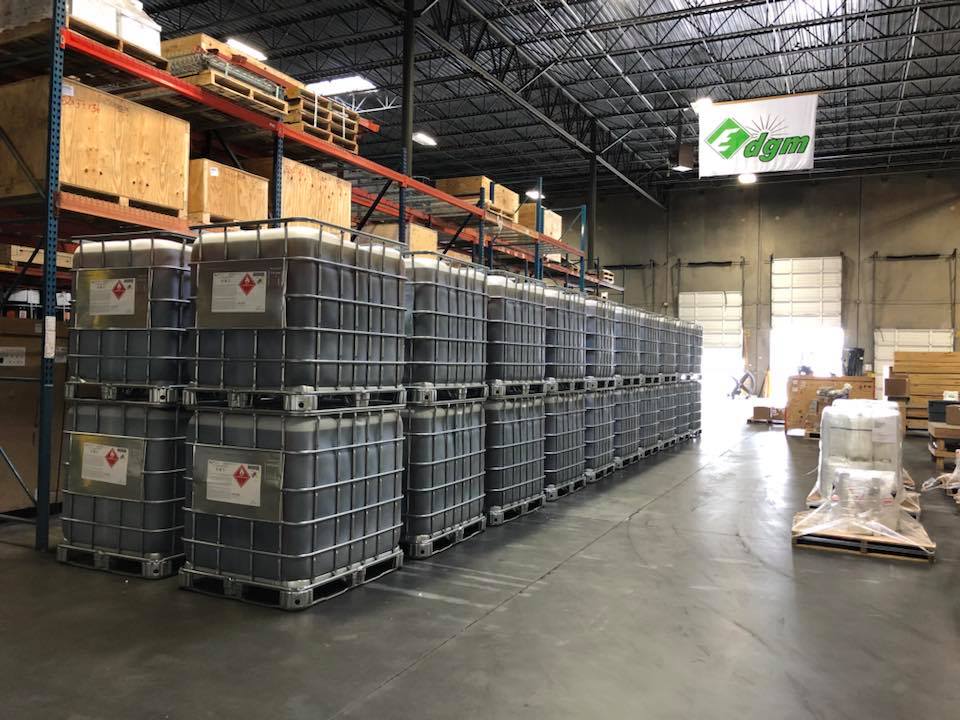 If you work in the transportation or supply chain industry, chances are you will eventually encounter Dangerous Goods or Hazardous Materials/Substances. When that occurs, you should reach out to a trained, professional Dangerous Goods Management company. Contacting DGM, ensures that the Hazardous Materials you need to ship, whether locally or overseas, arrive safely and adhere to Dangerous Goods regulations.
If you work in the transportation or supply chain industry, chances are you will eventually encounter Dangerous Goods or Hazardous Materials/Substances. When that occurs, you should reach out to a trained, professional Dangerous Goods Management company. Contacting DGM, ensures that the Hazardous Materials you need to ship, whether locally or overseas, arrive safely and adhere to Dangerous Goods regulations.
Many companies choose to have their staff trained in Hazardous Materials, which is also a great option for anyone in the shipping or manufacturing industry.
Here are a few frequently asked questions we encounter from our customers:
1. What are dangerous goods?
Dangerous goods are articles or substances that when transported, are a risk to health, safety, property, or the environment. These substances usually have explosive, toxic, infectious, flammable, or corrosive properties. This can range from explosives, ammunition, chemicals, and more.
2. What are the nine classes of dangerous goods?
Class 1 – Explosives
Subdivisions:
1.1 – Explosives with a mass explosion hazard
1.2 – Explosives with a blast/projection hazard
1.3 – Explosives with a minor blast hazard
1.4 – Explosives with a major fire hazard
1.5 – Blasting agents
1.6 – Extremely insensitive explosives
Class 2 – Gases
Subdivisions:
2.1 – Flammable Gas
2.2 – Non-Flammable Gas
2.3 – Poisonous Gas
Class 3 – Flammable Liquids
Class 4 – Flammable Solids
Subdivisions:
4.1 – Flammable Solids
4.2 – Spontaneously Combustible
4.3 – Dangerous when Wet
Class 5 – Oxidizing Agents and Organic Peroxides
Subdivisions:
5.1 – Oxidizing Agent
5.2 – Organic Peroxide Oxidizing Agent
Class 6 – Toxic and Infectious Substances
Subdivisions:
6.1 – Poison
6.2 – Biohazard
Class 7 – Radioactive Substances
Class 8 – Corrosive Substances
Class 9 – Miscellaneous
3. Where can I find information on transporting dangerous goods?
There are many resources to consider when deciding if a material is hazardous or not, and how to safely ship that material. If you are trained in the IATA Regulations, it is best to refer to their latest DGR Manual. However, many of our customers choose to consult with our DG Specialists.
With air regulations constantly changing, it can be difficult for an organization to ensure compliance with all the legal shipping requirements. That’s where DGM comes in. We have the capability to cover operations for all classes of dangerous goods. Our trained Dangerous Goods Specialists will handle every aspect of your shipment. From inspection, documentation, packaging, and labeling according to UN Criteria. We also offer dangerous goods training and consulting.
4. What are considered hidden dangerous goods?
Cargo that falls under this category may contain hazardous articles that are not immediately apparent. Products such as automobiles, camping equipment, film crew or media equipment, pharmaceuticals, and much more could be hazardous when shipped. You can refer to 2.2 Hidden Dangerous Goods in the IATA DGR to see a full list of these materials. If you aren’t sure if your product is hazardous or not, contact one of our DGM locations today and we will be more than happy to help!

